The DeFi ecosystem is booming - not just on Ethereum
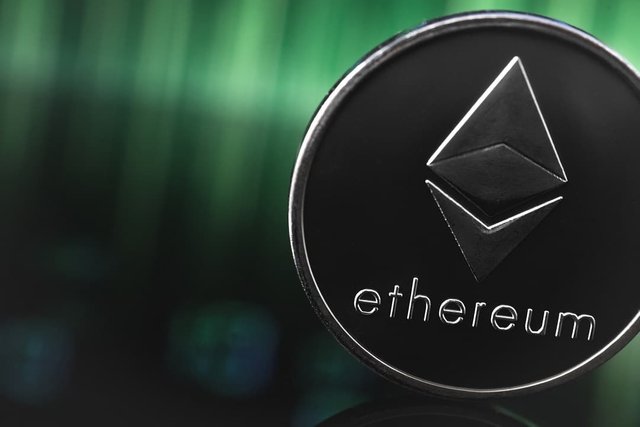
Until a few months ago, Decentralized Finance (DeFi) existed almost exclusively on Ethereum (ETH). However, the ETH network is now so overloaded that other blockchains are becoming more and more attractive for DeFi applications. A project can particularly benefit from this.
Decentralized Finance has gone through the roof in the last 12 months. The groundbreaking success of decentralized exchanges (DEX), lending protocols, liquidity mining and other innovations has resulted in DeFi protocols on Ethereum currently managing more than $ 40 billion.
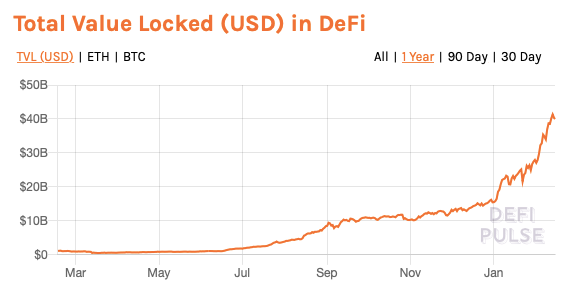
source: https://defipulse.com
Just a year ago it was “only” just under a billion US dollars that was deposited in DeFi logs. The enormous price increases of many DeFi tokens and the extreme growth of the entire sector in the past year have shown that DeFi can be an extremely lucrative sector of the blockchain economy.
For this reason, almost all large blockchain projects are currently relying on decentralized finance and since Ethereum is currently unable to meet the enormous demand, other crypto projects in particular have benefited this week.
Avalanche (AVAX) increases by 200 percent
Avalanche is a network for decentralized applications (dApps) and its functionality is similar to Polkadot. Developers can build on Avalanche blockchains, which can be individually designed. In addition, these blockchains can interact with each other.
Earlier this week, Avalanche announced that it had built an Ethereum bridge that would allow DeFi users to move assets between Avalanche and Ethereum at low cost.
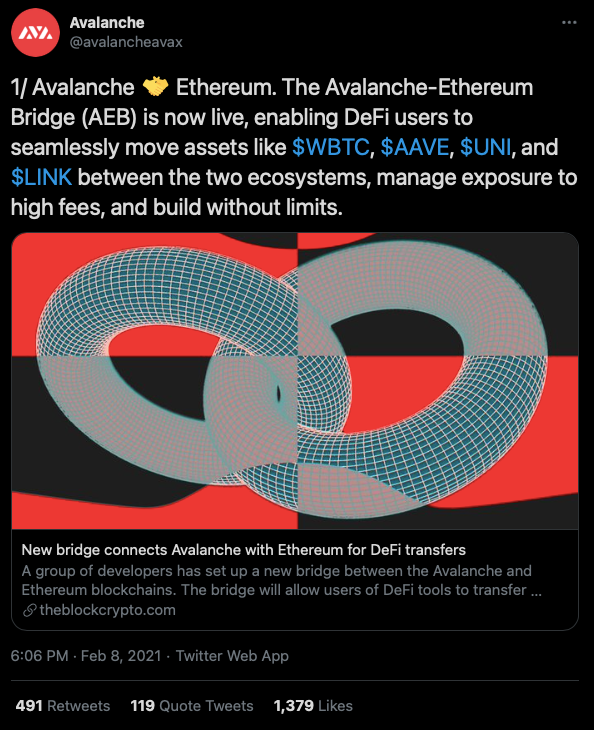
source: https://twitter.com/avalancheavax/status/1358824632464334850
Transferable assets include the cryptocurrencies Aave (AAVE), UniSwap (UNI), Chainlink (LINK) and tokenized Bitcoin (WBTC). The project has also announced that it intends to focus more on decentralized finance in the future. These developments at AVAX have resulted in the cryptocurrency being one of the top performers on CoinGecko this week. At the time of going to press, the AVAX price had risen by 236.1 percent on a weekly basis.
Ethereum competitors benefit from the DeFi hype
But not only AVAX was able to benefit from the overloading of the Ethereum network. Polkadot, Cardano and IOTA also seem to benefit this week from the fact that investors are looking for alternatives to the overloaded Ethereum network.
But while these Ethereum competitors hardly have any DeFi applications with a high number of users and trading volumes, the growth of another platform was particularly impressive this week.
DeFi on the Binance Smart Chain (BSC) is growing extremely
The Binance Smart Chain is a blockchain protocol from Binance (BNB) that runs parallel to Binance Chain. The BSC offers smart contract functionality and is compatible with the Ethereum Virtual Machine (EVM). This makes it extremely attractive for DeFi applications that cannot scale to Ethereum and are looking for alternatives.
Although transactions can be carried out inexpensively and quickly, the BSC is clearly centralized Ethereum. Nonetheless, the DeFi sector on the Binance Smart Chain is the second largest in the entire crypto space.
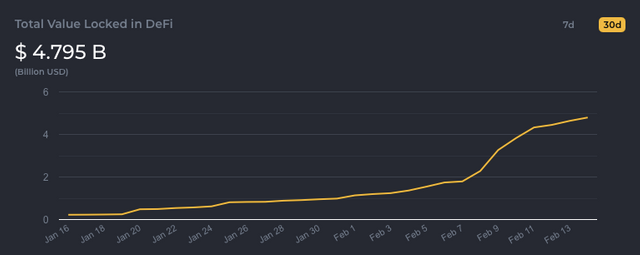
source: https://www.defistation.io
In the past 30 days, the capital managed by BSC DeFi protocols has grown from under $ 0.5 billion to $ 4.795 billion at press time. In addition, two BSC projects are already in the top 100 on CoinGecko: The decentralized exchange PancakeSwap (CAKE) and the DeFi project Alpha Finance (ALPHA).
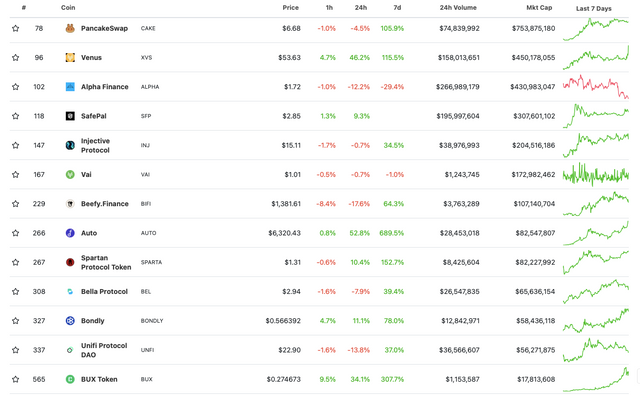
source: https://www.coingecko.com/en/categories/binance-smart-chain
According to defiastation.io, there are already 25 DeFi applications that use the Binance Smart Chain.